Name: Collared Lemming (Dicrostonyx). Note - "Collared Lemming" is a genus describing eight different species.
Length: 6 to 15 cm, depending on species.
Weight: Around 40 grams, depending on species.
Location: Arctic and subarctic regions.
Conservation status: Varies by species.
Diet: Plants, roots, berries, lichens, seeds.
Appearance: Short-tailed rodents with brown or grey coats in summer, turning white in winter. They have a dark stripe down the back.
How do Collared Lemmings feed?
Collared Lemmings burrow and forage for plant matter buried by snow in winter.
Are Collared Lemmings social?
They are generally solitary, maintaining their own foraging territories and burrow systems.
How fast do Collared Lemmings run?
They can run at speeds of up to 5 km per hour.
What are Collared Lemmings' birthing rituals like?
Females can give birth to up to eight babies every five weeks from January through September. Pregnancy lasts 16 days to a month.
How long do Collared Lemmings live?
They live for about 2 years.
Do Collared Lemmings have any natural predators?
They are preyed upon by owls, wolves, Arctic foxes, and weasels.
7 Cool Collared Lemming Facts
- They are the only North American rodents that turn white in winter.
- There are eight species of Collared Lemmings:
- Dicrostonyx groenlandicus - Northern Collared Lemming
- Dicrostonyx hudsonius - Ungava Collared Lemming
- Dicrostonyx nelsoni - Nelson's Collared Lemming
- Dicrostonyx nunatakensis - Ogilvie Mountains Collared Lemming
- Dicrostonyx richardsoni - Richardson's Collared Lemming
- Dicrostonyx torquatus - Arctic Lemming
- Dicrostonyx unalascensis - Unalaska Collared Lemming
- Dicrostonyx vinogradovi - Wrangel Lemming
- Their snow burrows include separate areas for sleeping, bathrooms, and nesting.
- Predator birth rates, like those of the Snowy Owl, depend on Collared Lemming populations.
- The Ogilvie Mountains Collared Lemming is one of only five mammals found solely in Canada.
- Their short ears and tails help conserve heat in winter.
- Their front teeth never stop growing.
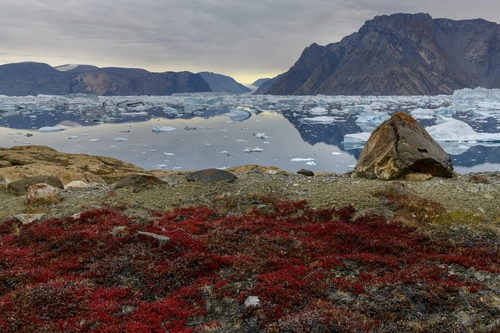





Related Trips



Tracking Greenland’s Wildlife from Space
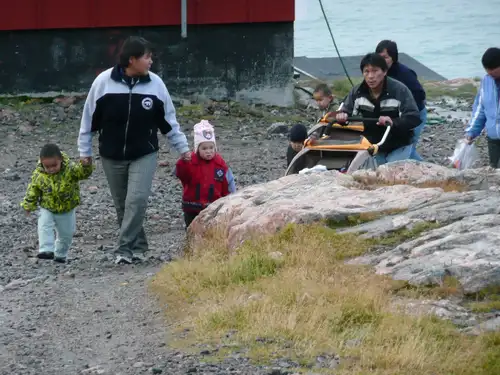
Greenlandic Inuit Beliefs

Traditional Lifestyles of the Inuit
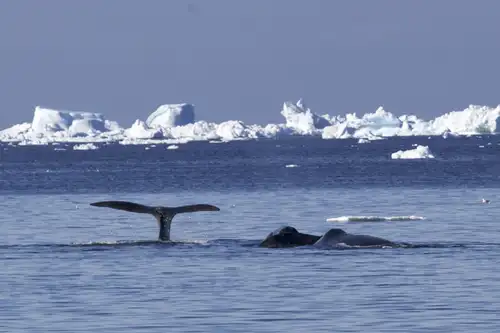
The bowhead whale, whaling about the Arctic
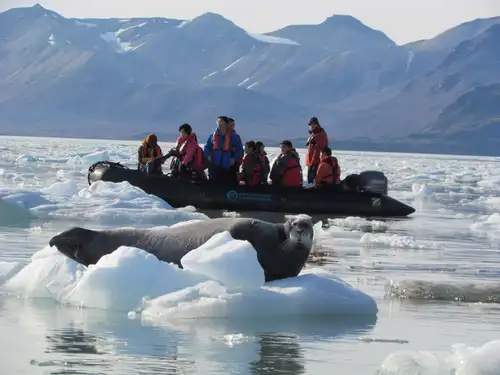
Six Seal Species You Might See On Your Greenland Cruise

Greenland: East vs. West

Greenland's History: When Vikings Ruled the Ice Age

Under the Greenland Ice Sheet

5 Misconceptions You Might Have About Greenland

The Norse Settlement of Greenland

Amazing Greenland
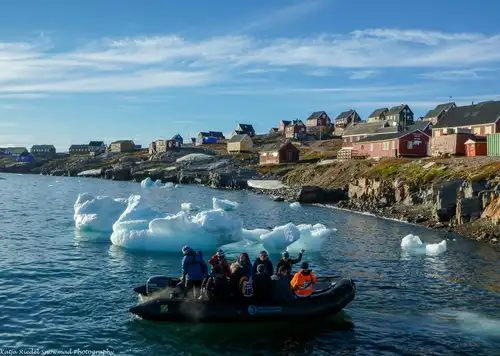
Scoresby Sund: the Greatest Greenland Adventure

Ice streams and lakes under the Greenland Ice Sheet
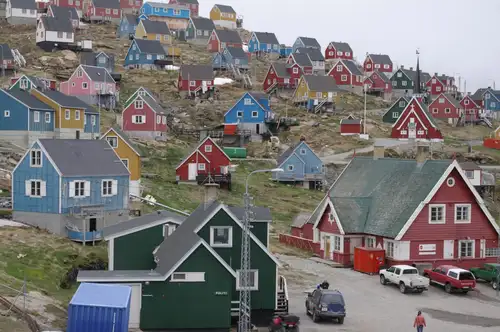
10 Traits of Post-Ice-Age Greenland

How and When Did Greenland Become Covered in Ice?
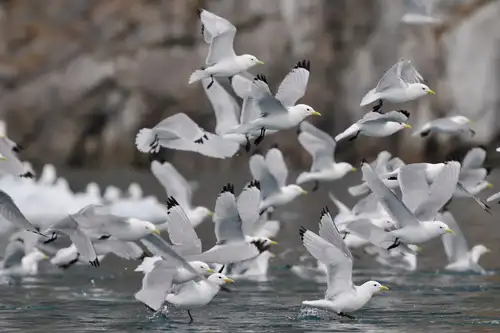
Five Birds You Might See on Your Greenland Cruise

Peaks, Fjords, and Auroras: 14 East Greenland Attractions
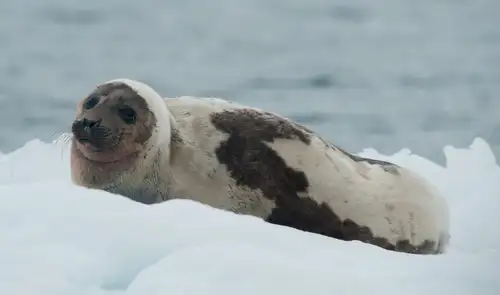
Harp seals harping on in Greenland

Why You Should Visit Greenland: 11 Things to See, Do, and Explore




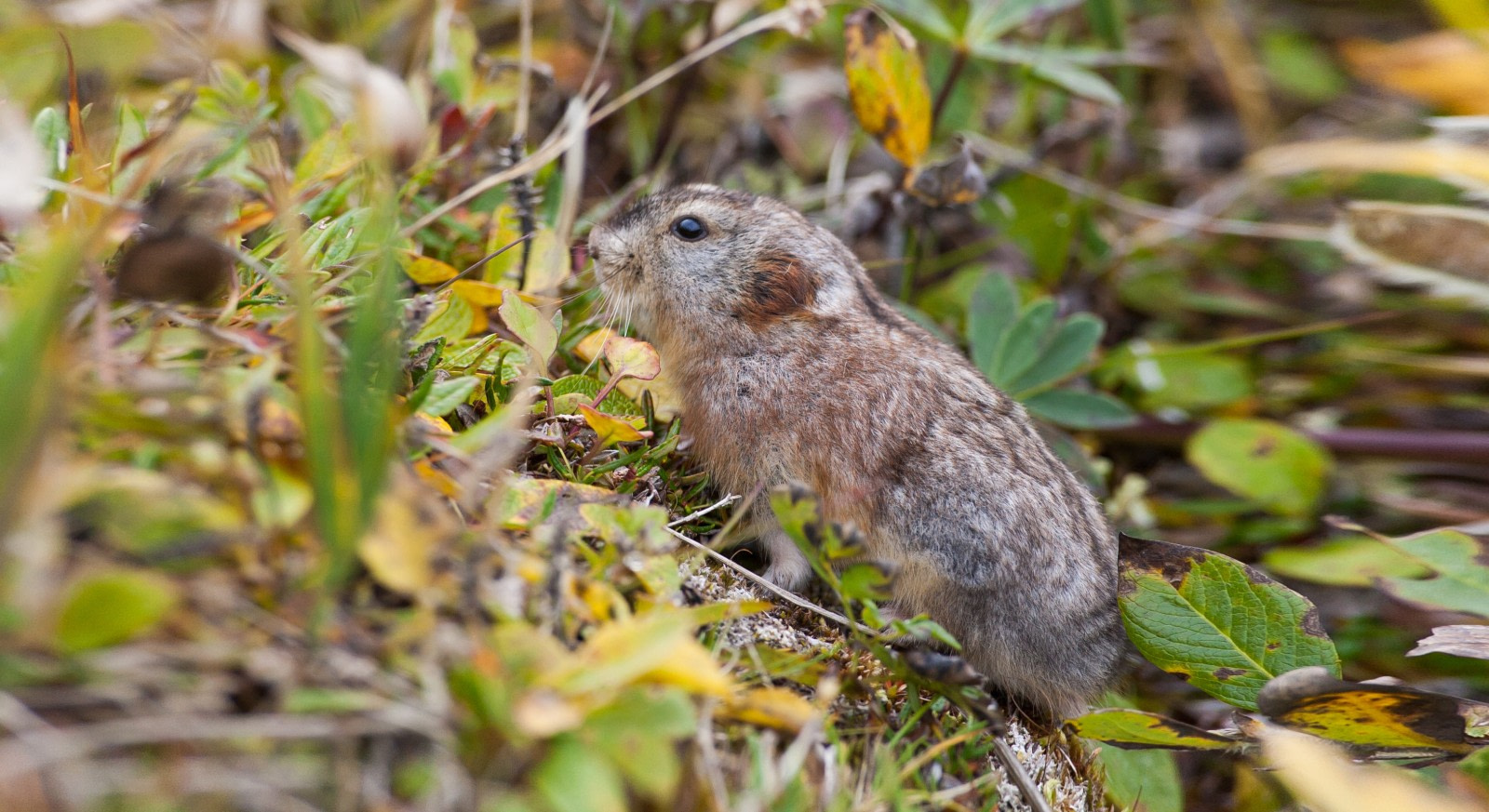

 20 Days / 19 Nights
20 Days / 19 Nights
